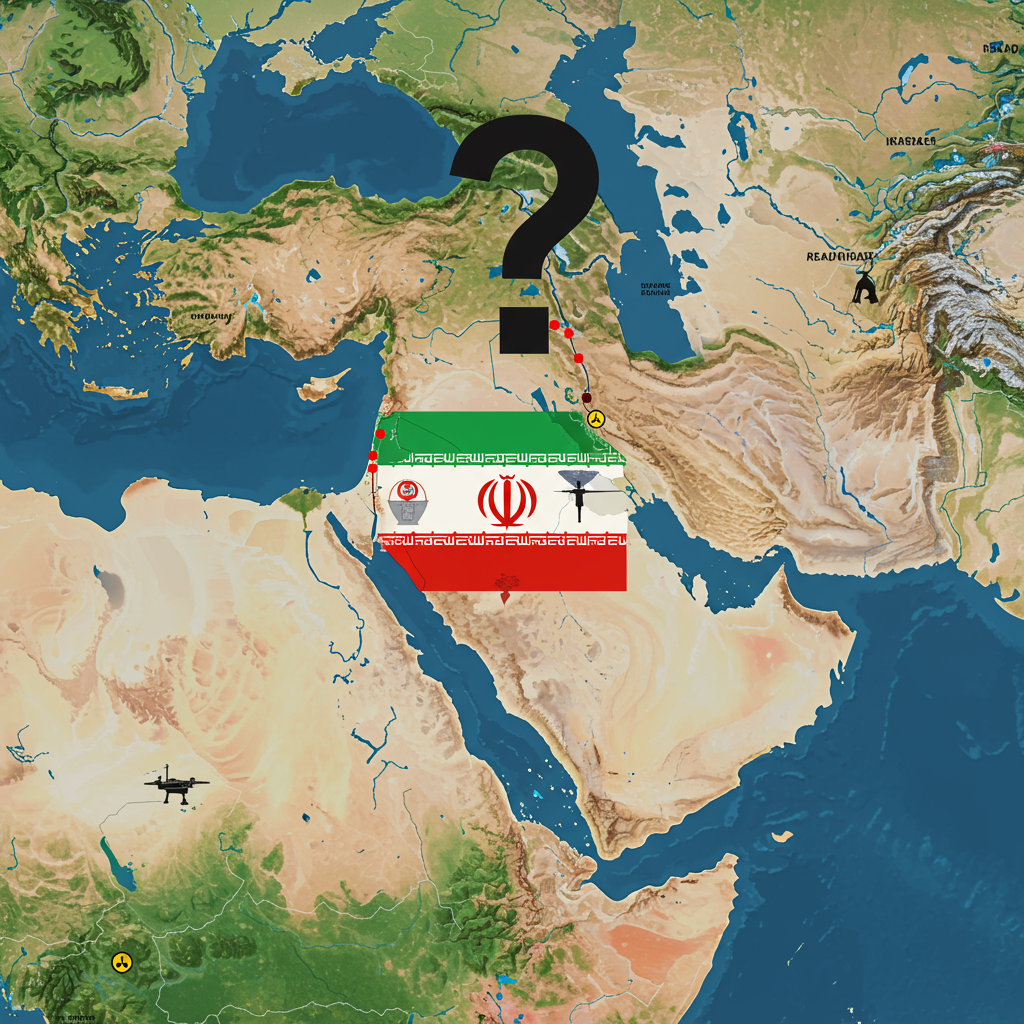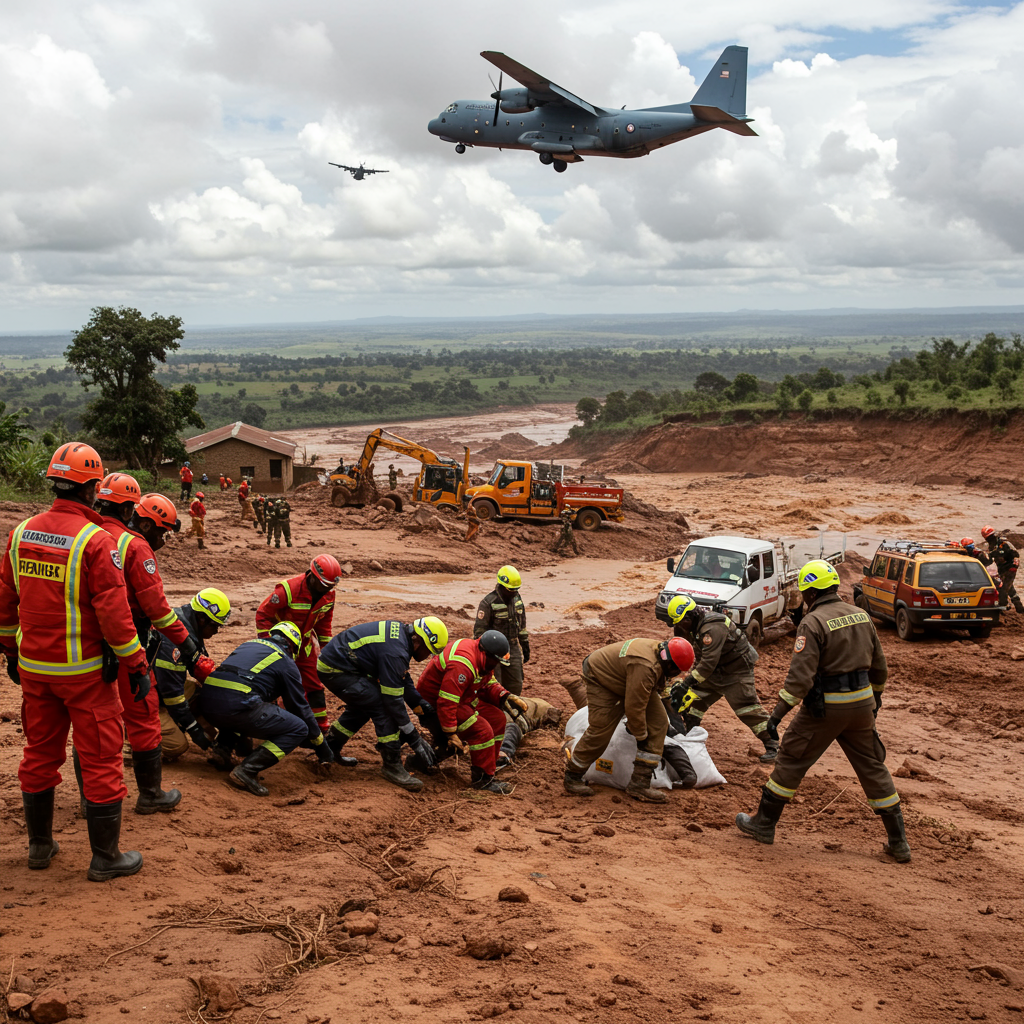Recent dramatic events in the Middle East, including unprecedented Israeli strikes on Iranian targets and subsequent involvement by the United States, have raised a critical question: Have these actions permanently disabled Iran’s controversial nuclear program? While a fragile ceasefire is now in effect, the answer remains far from certain.
From the outset of the military operation, Israel stated its clear objective: to permanently dismantle the Islamic Republic’s “existential” nuclear and ballistic missile threats. When the US joined the action, deploying powerful bunker-busting munitions against Iranian nuclear facilities, President Donald Trump declared the strikes a “spectacular military success,” claiming the facilities were “totally obliterated.”
However, as the dust settles under the ceasefire, assessing the true impact is complex.
Damage to Nuclear Facilities: Significant but Not Definitive?
Western military sources caution that a full assessment of the damage is still premature. Yet, satellite images analyzed by experts reveal widespread destruction at key Iranian nuclear installations, including those located at Isfahan, Natanz, and the heavily fortified underground facility at Fordow.
Iran’s uranium enrichment program, which relies on sensitive centrifuges often housed deep within bunkers, is believed to have sustained considerable damage. It is likely rendered inoperable or significantly impaired, even if not entirely destroyed. President Trump insisted that Iran would “never” be able to rebuild, stating such places were “demolished.”
Despite the physical damage, a crucial element likely survived: Iran’s technical expertise and scientific knowledge. Should the political will exist, Iran may retain the capacity and means to revive its program, especially given that the targeting of Iranian nuclear scientists by Israel did not eliminate the nation’s overall technical base.
The Lingering Question of Enriched Uranium
Adding to the uncertainty is the fate of the nuclear material Iran had already produced. Officials from the UN nuclear watchdog, the IAEA (International Atomic Energy Agency), have confirmed they are still unaware of the whereabouts of this material. This includes a significant quantity – some 880 pounds – of uranium-235 enriched to 60% purity. This level is considered dangerously close to weapons-grade material (typically around 90%).
Iranian officials, however, have maintained a defiant stance. Mohammad Eslami, head of Iran’s atomic energy organization, asserted that Iran had “planned ahead of time” to ensure “no interruption to our nuclear program.” State media reports claimed nuclear sites were “evacuated” before the US strikes. These claims raise concerns that some or all of the enriched uranium may have been moved and safeguarded, potentially at a secret location unknown to international inspectors.
Expert Assessment: Setback, Not Defeat
Even if Iran successfully hid its enriched uranium, turning 60% enriched material into weapons-grade requires further processing and technical steps. David Albright, a former UN nuclear weapons inspector and president of the Institute for Science and International Security (ISIS) think tank, assessed that the bombing campaign inflicted “serious damage to Iran’s capability to build a nuclear weapon.” He estimated it would likely take Iran “a good year or two” to construct a nuclear weapon if it decided to pursue one now.
However, capability is only one part of the equation. The central question remains whether Iran’s intent has shifted.
The Intent: Deterrence or Diplomacy?
Iran has consistently claimed its nuclear program is for strictly peaceful purposes. Yet, the recent overwhelming attacks could bolster arguments from hardline factions within the Islamic Republic who have long advocated for developing a nuclear weapon as a deterrent against such strikes.
Alarmingly, Iranian officials have publicly hinted at the possibility of withdrawing from the Non-Proliferation Treaty (NPT), a key international agreement designed to prevent the spread of nuclear weapons. Iran’s foreign minister suggested the NPT wasn’t protecting the country, questioning why nations pursuing peaceful nuclear energy should rely on it. Further calls from Iranian lawmakers for formal withdrawal could be interpreted globally as a clear signal of intent to build a bomb.
Alternative Paths: Regime Change or Diplomacy?
Aside from the debate over nuclear deterrence, other factors could influence Iran’s path. The threat of regime change – openly sought by Israel and briefly considered by the US – could potentially act as a deterrent against a rapid push for a nuclear weapon. However, this threat appears to have receded with the implementation of the ceasefire, and President Trump has since indicated he does not favor regime change, citing potential chaos.
Despite the recent hostilities, the option of a comprehensive nuclear deal with Iran remains on the table. Discussions had recently occurred in Geneva regarding potential agreements, including the prospect of direct US-Iran talks. While the US strikes initially seemed to have closed this “window of opportunity,” the current US-brokered ceasefire between Iran and Israel might, perhaps unexpectedly, open that diplomatic door once more.
Ultimately, while the military strikes inflicted significant damage and likely set back Iran’s nuclear capability, the critical question of its future intent – whether to rebuild and pursue a weapon or seek a diplomatic off-ramp – remains unanswered. The current ceasefire provides a precarious pause in which this pivotal decision may be made.




